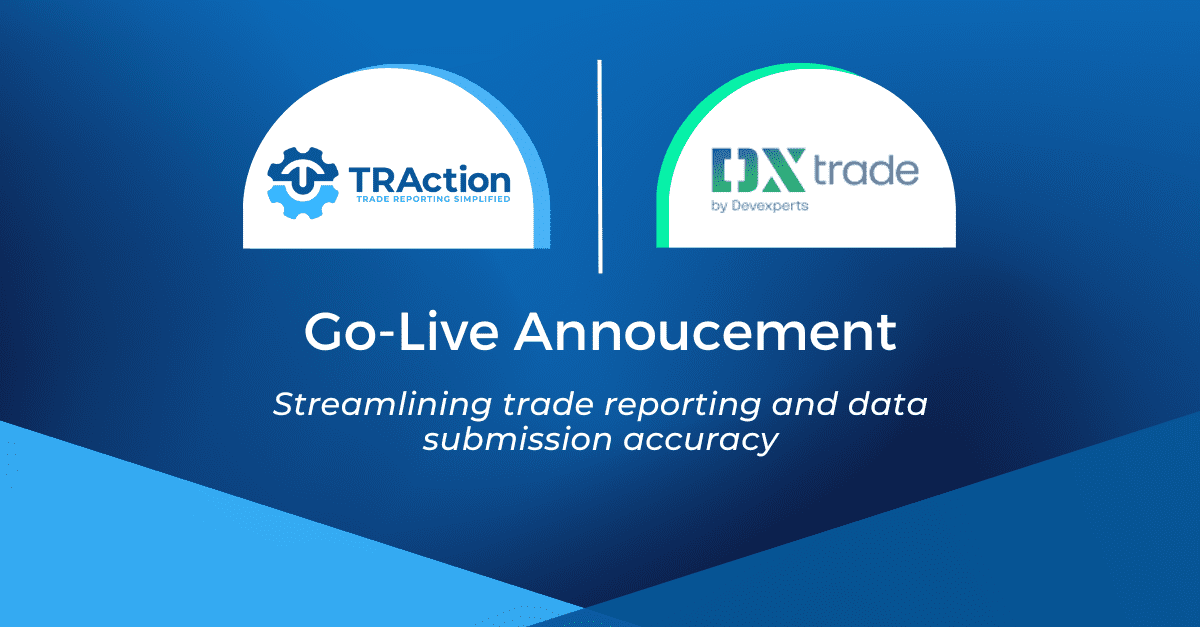Historical background
To date, the ASIC trade reporting rules have not required counterparties to have exactly matching data in the relevant fields of a trade report. Even though that counterparties to a trade should have the same core information about that trade, reporting requirements and the need for data enrichment has meant data elements could differ significantly by the time they get to the Trade Repository.
Where there is dual-sided reporting, not being able to match the reporting from both sides inevitably leads to a duplication of exposure in the market from the trade repository’s perspective. This has prompted global regulators in their regulatory rewrites (e.g. EU EMIR Refit, UK EMIR Refit, ASIC Rewrite and MAS Rewrite) to require firms to report the same values and also attempt to align their UTI generation framework with the UTI generation waterfall as developed by CPMI-IOSCO (IOSCO UTI Waterfall).
In Europe, this has resulted in the “matching” reports from the trade repositories. The fields which have to match under EMIR Refit are:
- UTI;
- UPI;
- Direction;
- ISIN;
- Venue of Execution; and
- The names of Counterparties 1 and 2 have to be mirrored.
EMIR trade repositories have started giving reporting entities feedback on their pairing and matching status in the form of an end of day report in respect of EMIR Refit. For more information on pairing and matching reports in Europe, see Now live – Pairing and matching under EMIR Refit.
Approach under ASIC Rewrite
Under ASIC Rewrite there is no concept of “matching reports” at this stage. However, given that the IOSCO UTI Waterfall is generally being followed by ASIC Rewrite (with ASIC’s version of the UTI Waterfall having its own nuances), we expect to see ASIC and its ADTRs try and match the trades and approach firms that have ostensibly the same trades but not the same UTI.
This is further supported by ASIC’s tone in CP 361 – that pairing and matching are implied to occur given the below statement in respect of the background of the UTI waterfall:
‘Reporting entities who already report paired UTIs are indicating that they have existing UTI transmission and receipt-handling capabilities. On a recent analysis, we identified 400 reporting entities who reported a paired UTI for some or all of their transactions.’
Essentially, ASIC indicated that this was done on an ad-hoc basis to see how many firms were sharing a UTI and determine the industry’s ability in moving to this standard.
There is no requirement or commentary in respect of other fields needing to match.
What will ASIC do?
Initially, TRAction anticipates that there may be correspondence from ASIC sent directly to firms where there are trades reported with their LEI as the counterparty but different UTIs being used. The aim of this will be to achieve alignment between use of UTIs (and more accurate exposure in the ADTRs) by ensuring the UTI waterfall requirements are being properly implemented.
In the future ~
In the CP 361, ASIC also stated that the reporting of the UTI ‘will provide significant regulatory benefit in terms of matching both sides of the same transaction, including avoiding double-count in market metrics such as turnover and aggregate notional principal.’
In addition to ASIC’s above analysis performed on reporting entities and if their UTIs were paired, TRAction is of the view that formal ‘matching’ and ‘pairing’ will eventually become a requirement for ASIC reporting.
How can TRAction help?
If you are interested in learning more about pairing and matching, ASIC Rewrite or the UTI generation waterfall, please reach out to our team at TRAction.




